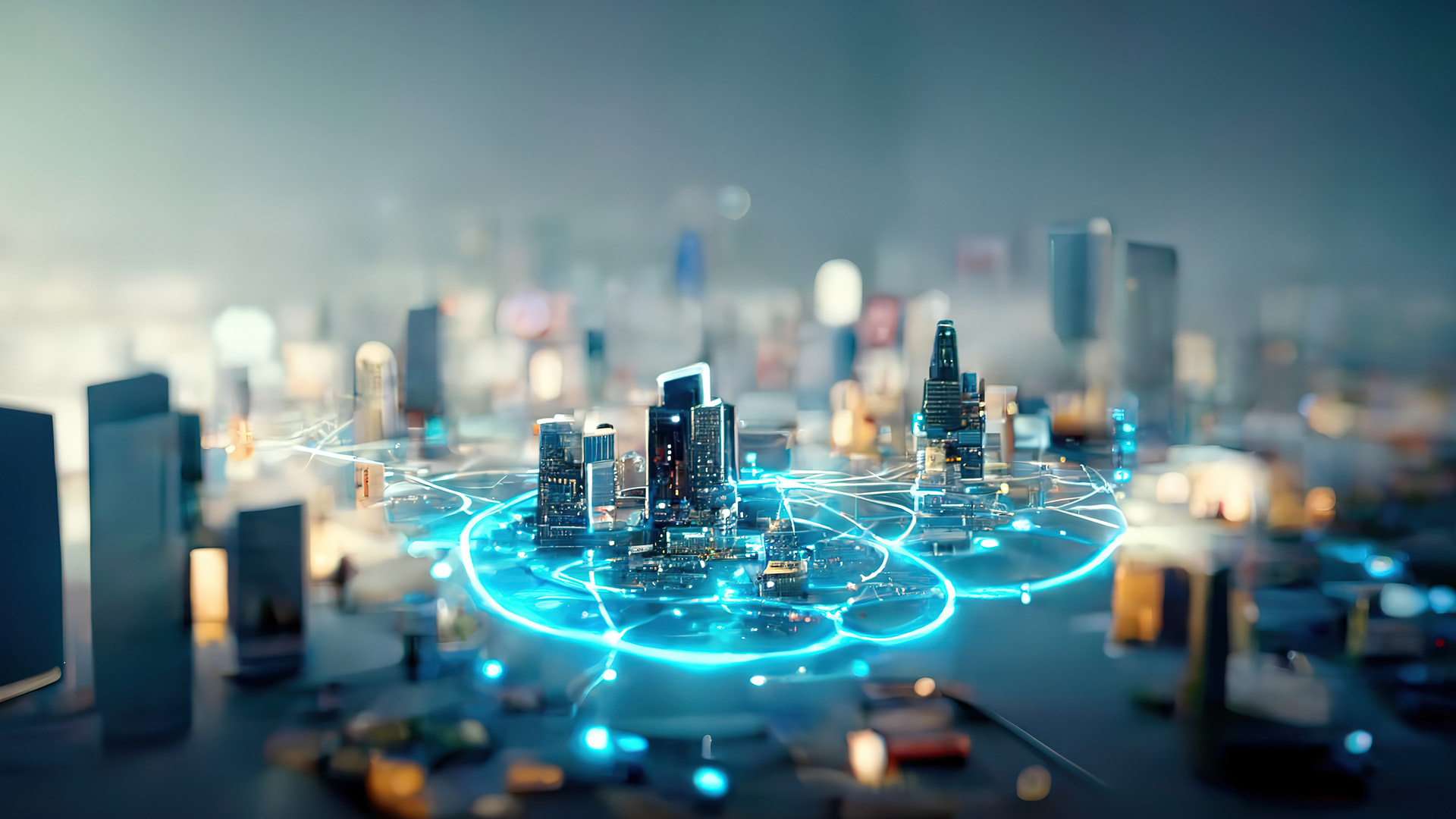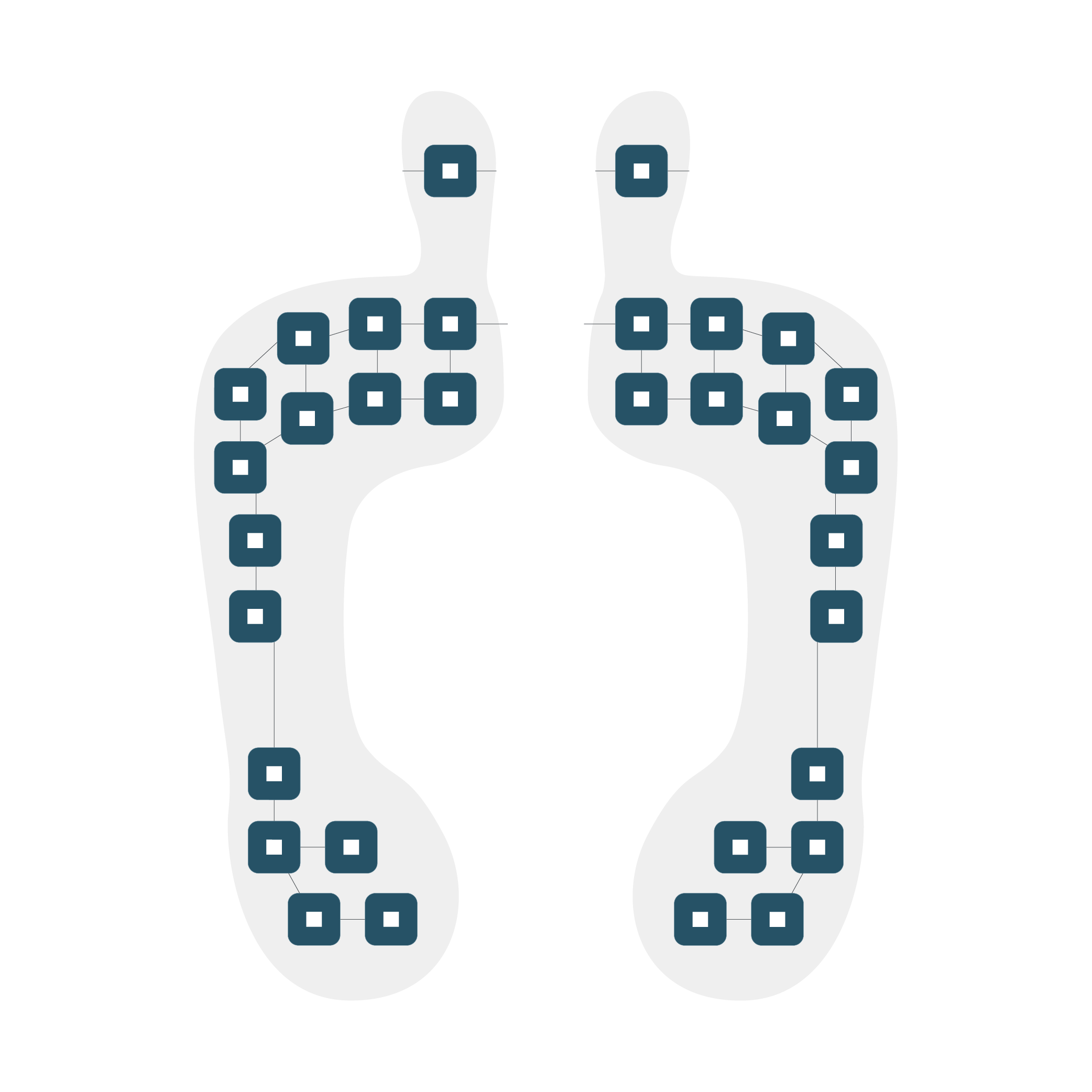The integration of the IoT with the Metaverse promises to bring about significant changes in the way we interact with the world around us. Together, they can act as twin-technologies, transforming not just social but also industrial perspectives, from entertainment to manufacturing. In this article, we’ll explore the critical role the IoT plays in the Metaverse’s success, the challenges it poses, and the possibilities it offers for the future of digital technology.
The Relationship between Big Data and the IoT
The Internet of Things (IoT), also referred to as “Industry 5.0” is a set of interconnected devices. This enables real-time communication between them and an exchange of information. This communication can be wireless or otherwise, ranging from Bluetooth to 5G mobile networks to Wi-Fi. Apart from such connections, the nature of connected devices varies, from household appliances to industrial machines.
Big data is so-called because it comes at you hard and fast. There are 3 hallmarks of big data: it is generated in massive amounts, it is also generated quite quickly, and is of a diverse nature from many sources. Data of this class requires the use of special tools in order to analyze it and produce valuable insights for those wishing to make use of it.
The IoT and big data work hand in hand to accelerate growth and evolution. With the massive amount of data generated by interconnected IoT devices, data analytics tools are needed to extract valuable insights and fuel improvements to the IoT.
This symbiotic relationship results in the production of higher quality data, which in turn can be applied to a broader range of use cases within Industry 5.0. As such, making the two technologies mutually reliant.
IoT and the Metaverse
When they come together, it is a safe bet that the IoT and metaverse will revamp social interactions and industrial spaces. The IoT’s connected environment will allow us to interact freely in virtual spaces, switching freely between the physical and virtual worlds, while expanding its usability to encompass various domains. The IoT functions using physical objects, however these devices and sensors can be integrated into the metaverse for a more user centric experience.
For example, VR/AR headsets could be equipped with sensors that capture data from the physical world. This data could then be transmitted to the metaverse to allow users a more realistic and engaging experience.
Challenges and Solutions
In addition to cybersecurity and privacy difficulties, there are crucial challenges that the metaverse faces. It has been said that the Metaverse “rests its soul” upon the collaboration of edge computing and cloud computing, let’s start there.
Cloud computing uses a centralized network of servers to store and process data. For this, it is an ideal solution when large computational power is required to process data that is not time sensitive. In the context of the metaverse, it is well-suited for storing vast amounts of data such as user profiles, virtual environments, or media content. It also has its limits, the most obvious of which are latency in transmission and the need for a constant connection.
In contrast, edge computing compensates for these shortcomings as it is designed for applications that require real-time processing and low latency. In this approach, data is processed closer to the source and the devices, rather than being sent to the server. This makes it more suitable for time-sensitive tasks that require immediate action and provide a more responsive user experience.
Cloud computing and edge computing differ in their approach to data processing, however, they both will play an integral part in augmenting the metaverse experience.
Platform Interoperability is a separate challenge that needs to be addressed in the early stages of linking these twin technologies. The metaverse is made up of various virtual environments, and multiple technologies, each with its set of rules. Failure to address interoperability could lead to fragmentation, isolating sections of the metaverse from one another, thus limiting a user’s ability to experience it fully.
The IoT sensors and devices involved in data collection must be able to communicate with the virtual world of the Metaverse. This requires standard protocols and interfaces so these devices can share data and work faultlessly with the Metaverse platform. Without a standardized approach to interoperability, the Metaverse may struggle to achieve widespread adoption, restricting its use to niche areas and limiting its potential impact to create value within others.
APIs are also a dominant player in this interoperability game, as they provide a standard way for different applications to communicate with each other. Well-documented APIs can enable third-party developers to create apps that work across all environments.
Future of the industrial metaverse
The current focus of the metaverse is largely on entertainment and retail. However, there is huge potential that it can serve other industries that drive our economies, for example, transportation, construction and manufacturing. This is referred to as the “industrial metaverse” and is one of those areas that highly demands protocols standardization to function and bring value to such industries.
In a virtual world, it is possible to find, analyze and fix a problem that arises, and in some instances, thanks to smart sensor technology, it’s possible to identify those problems before they even appear. Imagine a world where people on different continents can work on the same problem as if they were facing the same objects in the same room.
Real-world examples/use cases of the IoT and Metaverse
Digital twin technology already allows this to some extent. Boeing has made use of this technology for aircraft design and Singapore has even used it to map out the entire country, using it to help execute civil engineering projects. This technology could be used in the metaverse to observe real-time reaction of machines to fluctuating variables.
Another promising field for these digital twins is the medical industry. A patient suffering from a certain pathology would be able to consult with specialists halfway across the world without having to worry about the costs and risks associated with travel. This grants access to areas of the world where medical treatment is lacking. Creating a digital twin of a patient would also allow medical practitioners to collaborate and perform surgeries virtually, further shifting our approach to telemedicine.
Conclusion
The metaverse is still evolving and it can be said that it’s still in its infancy. It represents the next phase of digitization and will be a challenge for many companies, but it is important to cultivate that digital world. It can provide solutions for many problems and create more efficient and competitive industries outside of the gaming world or social media.

